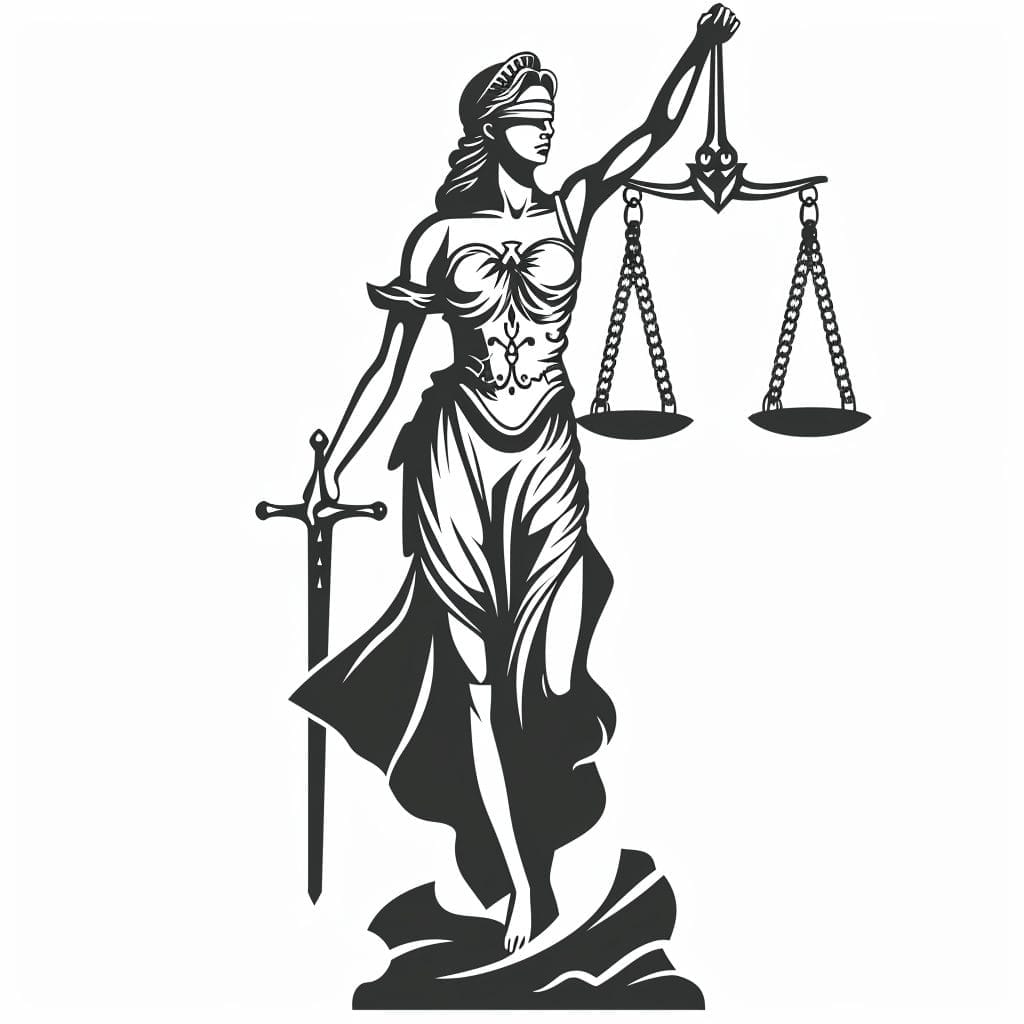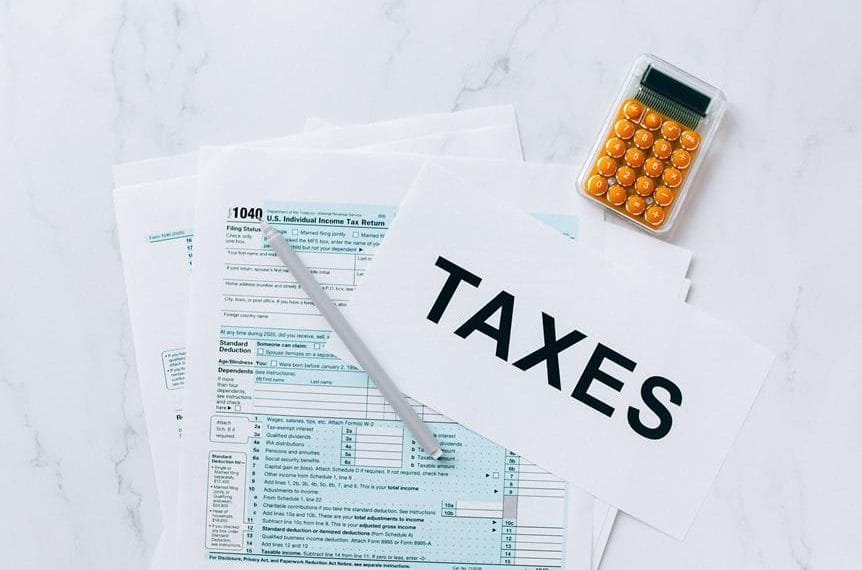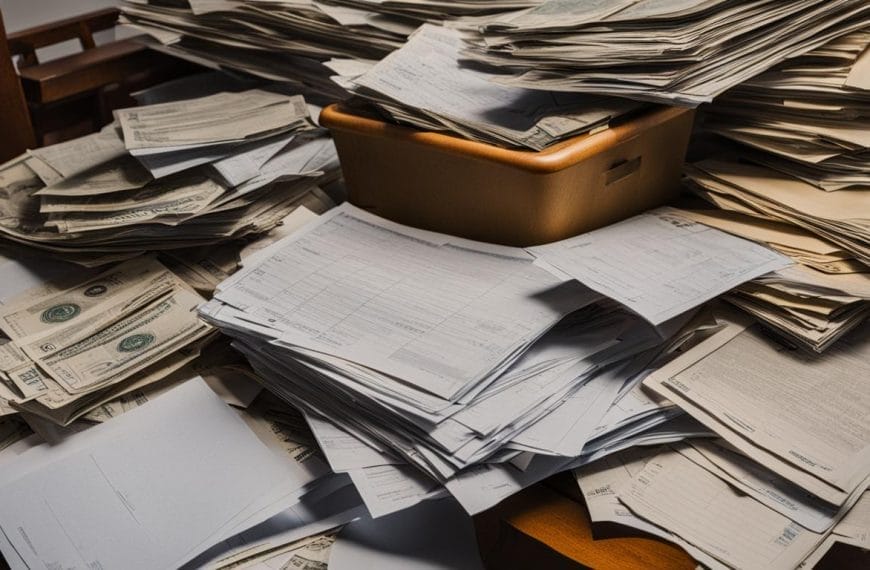Filing for bankruptcy in California can provide a much-needed debt relief for individuals struggling with overwhelming financial burdens. If you are considering filing for bankruptcy, it is essential to understand the legal procedures involved and the specific regulations in California.
Bankruptcy cases in California are governed by federal law and are filed in federal court, not through the county court system. There are different types of bankruptcy available, including Chapter 7 and Chapter 13, each with its own eligibility requirements and procedures.
Chapter 7 bankruptcy, also known as liquidation bankruptcy, involves the sale of non-exempt assets to pay off debts. On the other hand, Chapter 13 bankruptcy allows individuals to reorganize their debts and create a repayment plan to gradually pay off creditors over a period of three to five years.
While bankruptcy can provide debt relief, it is important to note that not all debts can be discharged through this process. Certain obligations, such as child support payments, most student loans, and some tax debts, are generally non-dischargeable. Consulting with a bankruptcy lawyer in California is crucial to understand the alternatives to bankruptcy and determine the best course of action based on your individual circumstances.
Types of Bankruptcy in California
When faced with overwhelming debt, individuals and businesses in California may find relief through different types of bankruptcy. Understanding these options is crucial in determining the best course of action for your financial situation. Let’s explore the types of bankruptcy available:
Chapter 7 Bankruptcy
Chapter 7 bankruptcy, also known as “liquidation bankruptcy,” involves the sale of non-exempt assets to settle debts. It provides individuals with a fresh start by eliminating most unsecured debts, such as credit card bills and medical expenses. Chapter 7 bankruptcy is suitable for those with limited income and significant debt.
Chapter 13 Bankruptcy
Chapter 13 bankruptcy, referred to as “reorganization bankruptcy,” allows individuals to create a repayment plan to gradually pay off their debts over a period of three to five years. Debtors can retain their assets, like homes and vehicles, while making consistent payments. This type of bankruptcy is ideal for individuals with a reliable source of income and the ability to repay a portion of their debts.
Chapter 11 Bankruptcy
Chapter 11 bankruptcy primarily serves businesses and high-income individuals. It aims to reorganize debts and develop a plan to keep the business operating while repaying creditors. This type of bankruptcy allows for greater flexibility and is often utilized by large corporations seeking financial restructuring.
Chapter 12 Bankruptcy
Chapter 12 bankruptcy is designed specifically for family farmers and fishermen facing financial difficulties. It enables them to reorganize their debts and develop a feasible repayment plan, all while keeping their property and livelihood intact. Chapter 12 bankruptcy offers unique provisions tailored to the needs of agricultural and fishing communities.
Understanding the nuances of bankruptcy law and choosing the appropriate chapter is crucial for achieving the best possible outcome. It’s essential to consult with a bankruptcy lawyer who can guide you through the complex legal process, protect your rights, and help you navigate the bankruptcy court.
The Bankruptcy Process in California
The bankruptcy process in California involves several important steps and procedures that individuals need to understand. It is highly recommended to seek legal representation to navigate this complex process and ensure compliance with all the legal requirements.
Once you file for bankruptcy, a crucial meeting called a “341 meeting” or a meeting of creditors will be scheduled. During this meeting, a bankruptcy trustee will ask you questions about your financial situation and assets. It is crucial to provide accurate and complete information during this meeting.
Upon filing, an automatic stay goes into effect, which is a powerful legal protection that stops creditors from taking any collection actions against you. This provides you with some much-needed relief from the constant harassment and pressure from creditors.
The bankruptcy trustee assigned to your case will carefully review your paperwork and assets to ensure that creditors are paid as much as possible. They will distribute the assets fairly among your creditors, following the established bankruptcy laws and regulations.
Finally, as part of the bankruptcy process, you will be required to complete a debtor education class and submit the necessary documents to the court. Once these requirements are fulfilled, the court will issue a discharge. This discharge relieves you of your dischargeable debts, typically within a few months.













